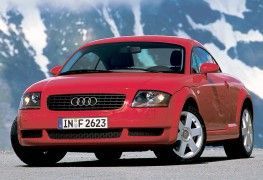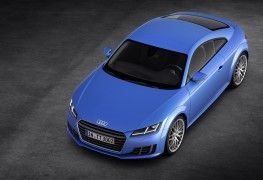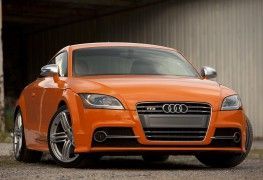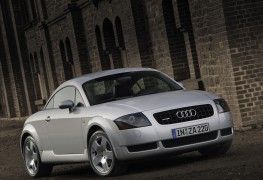I approached an import dealer, who at the time had a 225 hp TT for 25.000€ (years ago, yes...), and we went for a lively drive with it on one of the favourite curvy roads in the area.
While the car ran, a lot, I quickly encountered several basic problems. The steering feel didn't convince me, mixing too high assistance with an acceptable precision, but it seemed completely artificial, with no connection with the wheels, which barely communicated with the steering wheel rim.
The second problem, and the most serious one, is that it didn't manage to play with the rear. It didn't matter how much you provoked the car by playing with inertia before corner entry or by radically hollowing out the throttle at full throttle. The TT was on rails, something very positive when you're looking for a car that's easy to drive and effective, but it detracts from the fun you can have behind the wheel.
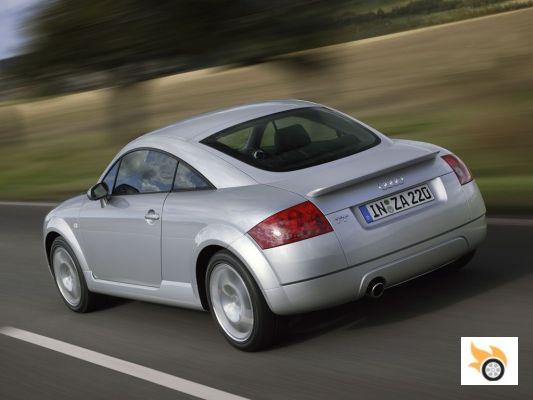
And that TT, when it was time to start flowing from corner to corner, showed variable and complicated characteristics. If you go hard into the apex of the corner, the nose ends up dragging. If you're trying to get out for pure power, although there's room for four-wheel drive, the rear end is slow to come into play long enough for you to lose wheels in front, and you end up opening up the angle of the line.
Yes, it's certainly capable of better traction than some of its peers and quicker out of corners than any car of equivalent power, thanks to being able to press the throttle earlier, but you don't flow with its chassis.
The engine is impressive. The 225-horsepower 1.8 Turbo is "an old-fashioned Turbo". It's an engine with a distinctly focused kick, which comes through in all the car's controls. It gives you that push in the kidneys that its torque denotes, and when it's working at full throttle, it lets you know with sound and a chassis that suffers from it.
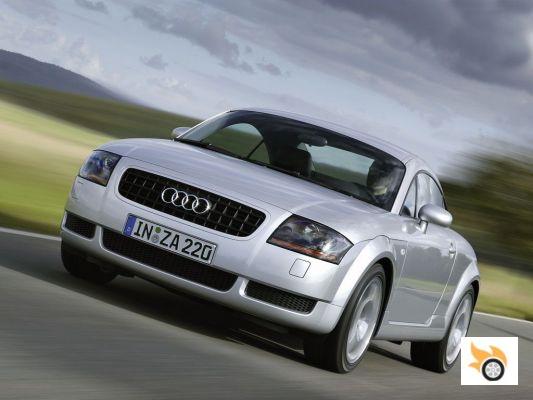
But all the engine's goodness is left in a chassis that isn't perfectly tuned. Part of the problem can be blamed on the youth of the hydro-pneumatic Haldex system to engage the rear axle at the time. The first TT didn't have enough capacity to quickly transmit torque to the rear axle, which reduced the cornering possibilities with it. And then, the soft rear axle set-up, imposed after the recall we told you about in another of the reports of this super-special, means that you can't count on the chassis to play with it either.
Final verdict? After testing a few more similar coupes, the TT was discarded, as it didn't offer the level of "passion behind the wheel" to bring out the smiles and enjoyment of spirited mountain pass driving on weekends.
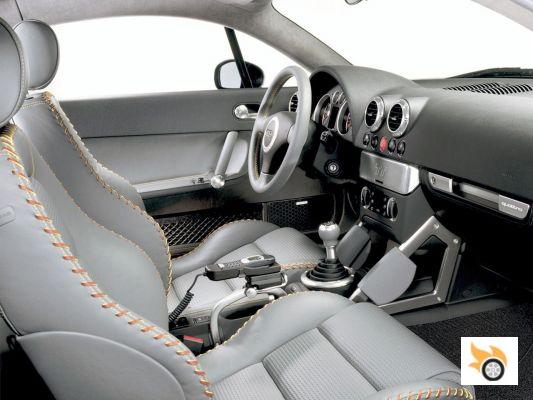
Since then, time and time again, every few months or years (and that's more than eight, if I remember correctly), the TT has always appeared in my list of "cars to value", but that driving experience, together with others that came later with other first generation TTs, have ended up by limiting me, discarding it.
But there is another solution
The thing is, right now a first generation 225hp TT quattro can be bought in acceptable condition for between £6,000 and £8,000, if you get your radar out and your bargaining spirit.
The question is, can you really do anything spirited with it? And the answer is yes, clearly. The TT doesn't have a bad mechanical base, but you have to be willing to invest money in a first generation TT to get an interesting driving machine out of it.
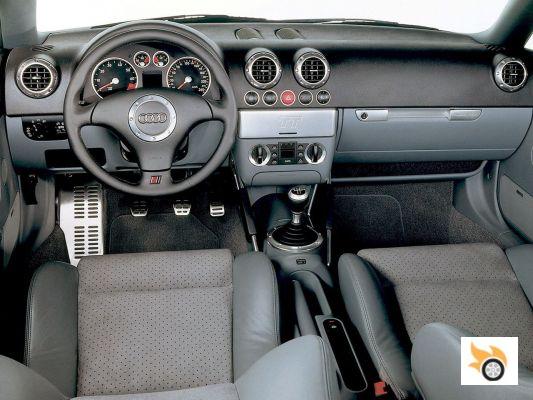
Before we go into the details of what we'd suggest you change, we'll tell you that the interior of a first generation TT is that of a two-seater, with two more emergency seats. It fits a child seat in the back, but lacks Isofix. The 220-litre boot is very flat, quite usable and has a capacity similar to that of a Fiat Panda. It's not worth a great holiday if you expect to load the car without taking advantage of the fact that the rear backrests fold down.
To get into the car is to find an excellent driving position. You're short, you've got a very high waistline, a low windscreen and you have that inexplicable feeling of integration in the car, of being seated in a sports car... That feeling that not all cars manage to give you.
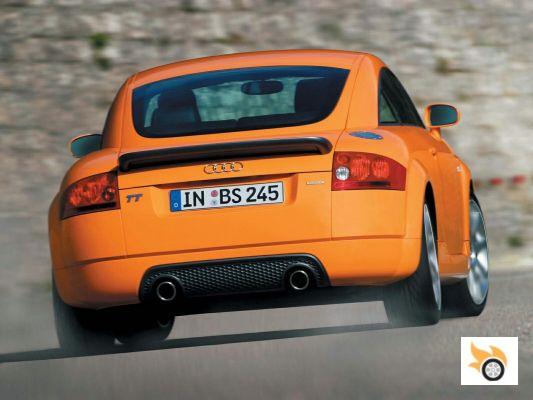
The aesthetics and design can not talk more than we have already done in the first section of this special, so I will not go into it either.
Let's go with the buying and modification tips therefore. My first tip is to go for the 225 horsepower 1.8 Turbo with all-wheel drive. The 180hp isn't short on power, but in front-wheel-drive form it has a rear axle that you can still get less out of than the 225hp. Plus, the more powerful variant is only slightly more expensive than the 180 hp.
The more powerful 3.2-litre narrow-vane V6 may look and sound better, but its extra pounds take their toll and its nose struggles to get into corners, so in my opinion, as a spirited driver, I stress: the 225bhp is probably the better value.
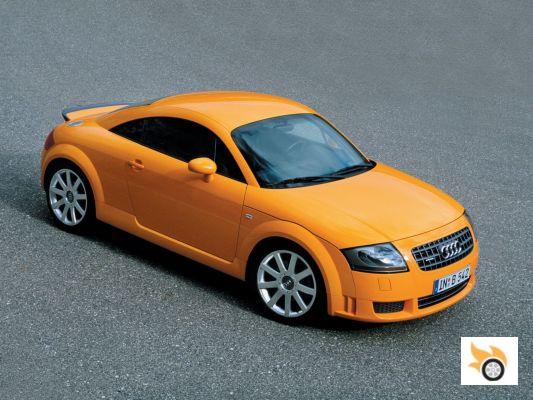
The car, believe me, doesn't lack power in the first instance. We all know that when you hear "modifications" and start thinking about it, the first things that come to mind are intake filters, exhausts, ECU tweaks and turbocharger changes. But remember, this TT's 225 horsepower does 0-60 in 6.7 seconds and touches 240 per hour. It doesn't lack speed, what it lacks is better dynamics.
To achieve it, there are two aspects to work on: suspension and four-wheel drive. Suspension recommendations are complicated, as there are as many possible parameters as there are tastes and driving conditions.
The main thing is to return a somewhat stiffer rear suspension to the TT, to regain some of the agility discarded after the original recall. I would advise you to go for a spring-shock set with a slightly stiffer rate than the original springs and with adjustable shock absorber pitch. The Bilstein PSS9, height adjustable and with variable damping pitch, can be a good option, as it is a quality suspension, at a respectable price (less than 2.000€), and fully homologated. In addition, the spring rate, being hard, is not mortifying.
The key to all this is that, when it comes to adjusting the suspension settings, you should opt for the rear springs to be set higher than the front ones. While in absolute values, the front springs on a TT should always have a higher spring rate than the rear, it is the difference between the front-rear rate that determines how responsive the rear axle is. So if you increase the rear axle stiffness by 20% and the front axle stiffness by 10%, to say something, you will have a more agile car.
Something similar happens with the damping. Adjusting the rear shocks more restrictively will bring the rear axle more into play. Complementing these changes you would have to play with some small spacers of 8 millimeters (yes, complicated to homologate) and with the convergences and the fall of the rear wheels, in order to finish adjusting the chassis towards a more spirited driving. And as this is not something within the reach of everyone (the tuning, I mean), the best thing to do, if you don't want to spend hours on the track until you find the perfect setting, is to seek help from professionals who can advise you on the best possible setting.
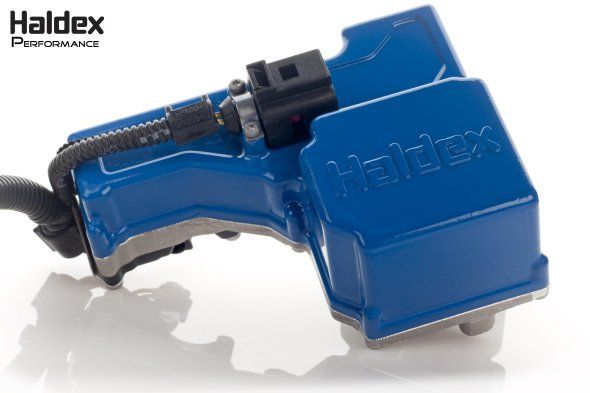
And then there's the Haldex all-wheel drive system. As I said above, configured with its stock setting, it's slow to send torque to the rear axle, and even when it does, it always gives a reassuringly understeering attitude.
The solution here is to incorporate a controller to manage the Haldex centre differential. It's called Haldex Performance Controller and it's a separate ECU for the centre differential, which allows you to choose between three torque distribution programs between axles (you can evolve further and have a fully variable distribution system, a la WRX STI), sending more torque to the rear axle in its "sport" mode, to make the arse wink more in the corners.
In addition, the system preloads the hydraulic circuit that manages the Haldex clutch, reducing the reaction time, so the rear axle takes less time to come into play when we start to lose torque through the front wheels.
Obviously, this continuous preload puts more stress on the system than the stock management, so you can expect a quicker deterioration of the mechanical elements of the Haldex system when using it in "sport" or "track" mode. But if you leave the normal program, the central clutch works with the original factory program, which reduces wear when you're not going "on the attack".
The system, installed, can cost you less than 3.000€, with the remote control included to manage the program of the central differential control unit.
Aesthetic touches... cosmetic touches
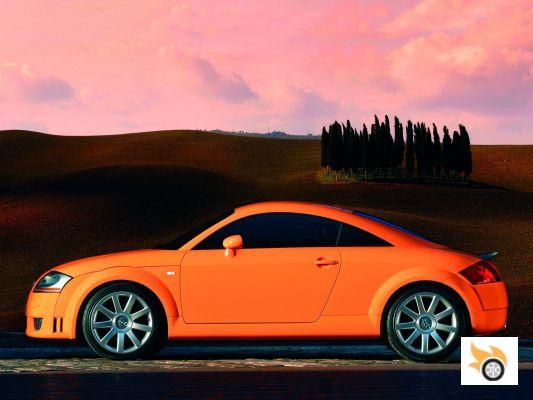
And while we're on the subject, I would complete my ideal TT MK1 with the TT 3.2 quattro body kit. Bumpers, spoiler and false diffuser look better on the TT with V6 engine.
For about 2.500€ you can get the parts, paint and assembly aside, and believe me, it will be worth it.
Conclusions
If you are one of those in love with the first generation TT for its aesthetics, history and engineering, but so far you have been restrained not to buy it by the criticism of its dynamics, I will tell you that, with the prices of access that are now on the second hand market, and willing to invest money in the car, for less than 12,000 euros you can make the ultimate TT, including in that money the cost of acquisition.
Think that these modifications will not revalue the car if you sell it second hand. They may even pay you at a low price because of the doubts that any change in the car generates. But if you want to stay and enjoy the car, now we can say that the first generation TT can end up being a good option.
